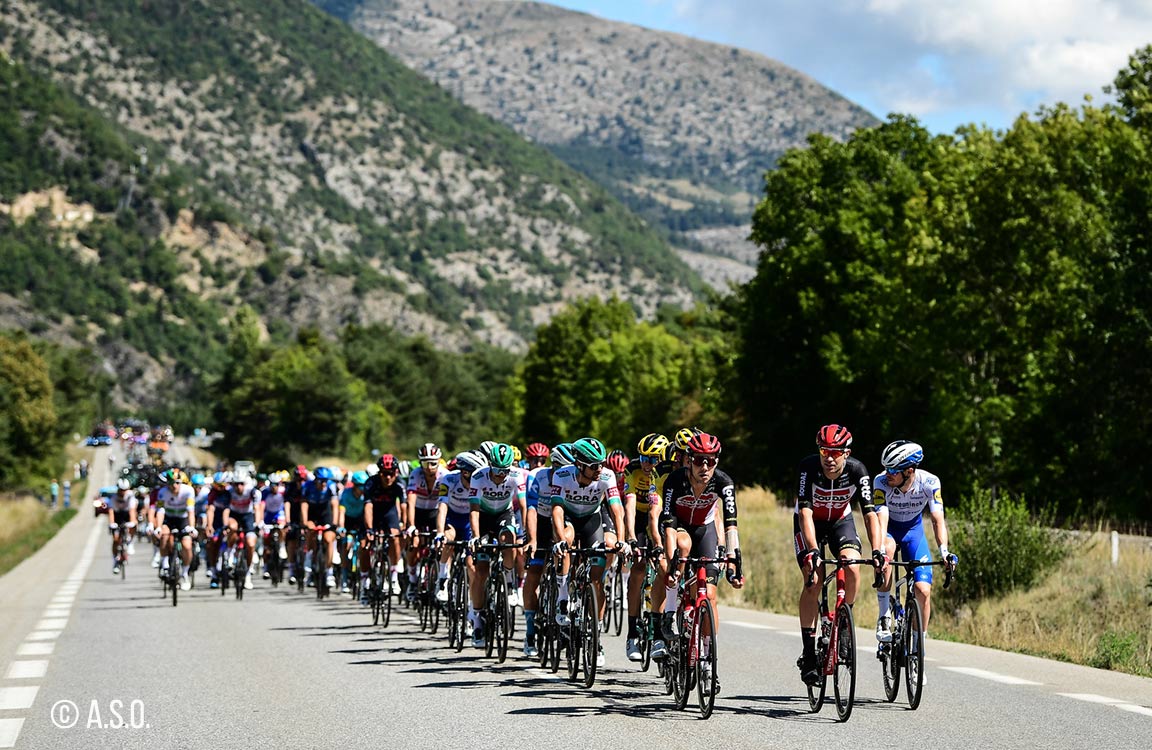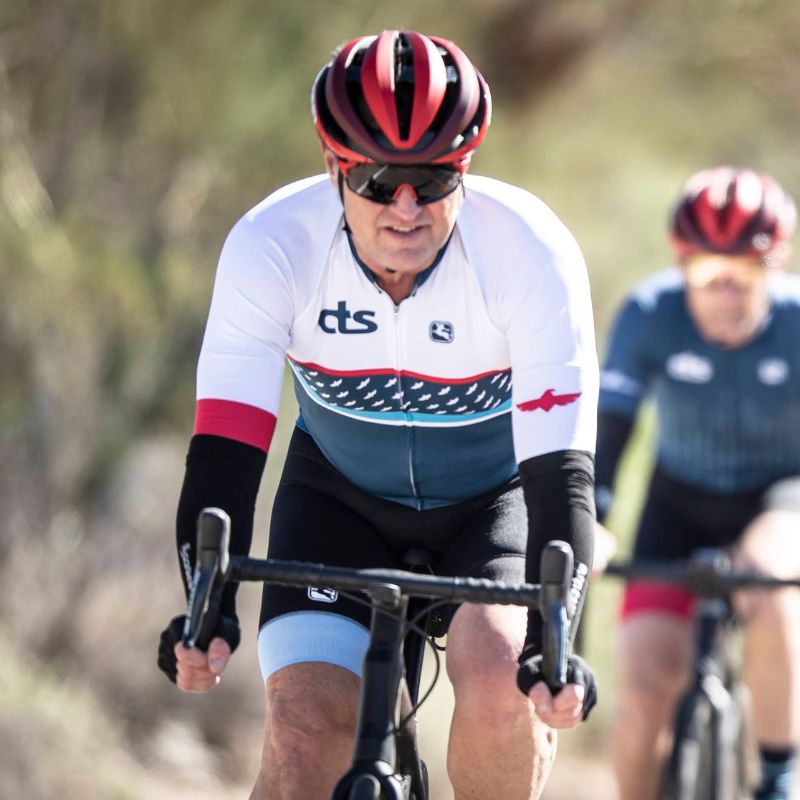
Conditions That Favor Breakaways in Tour de France and Other Races
By Chris Carmichael,
Founder and Head Coach of CTS
Stage 5 of the 2020 Tour de France was one of the rare instances of a road stage without a breakaway, something we typically don’t see unless the peloton is riding in protest or mourning. Thankfully, it wasn’t for either of those reasons. But that brings up a few questions: why was Stage 5 not conducive to a breakaway, and what conditions motivate riders to go off the front?
Why Stage 5 was ‘Gruppo Compatto’
The stage from Gap – Privas had a few bumps in it, but was a net downhill stage into a headwind. On top of that, there was a potential for high winds, either as headwinds or crosswinds, in the final hour. And the stage finish was suited to for the sprinters, meaning several teams would be motivated to bring the peloton back together within the final 10 kilometers.
The odds are always against the breakaway, but when you put all of the aforementioned factors together, the chances of success were virtually non-existent. Despite a headwind, a large peloton can share the work across more riders and teams and maintain a relatively high pace. Riding downhill in the draft means a lot of fresh legs in the pack, too. These factors mean that any breakaway group that gets away will have to work hard to maintain even a slim lead, one that can be shut down very rapidly. In fact, for breakaway to work on a day like Stage 5, the peloton would have to almost purposely slow down.
Human Factors
I wrote about this in my preview last weekend, and after watching today’s stage I still think there’s less confidence in the depth of riders’ fitness than usual. Post-stage consensus from rider comments seemed to be that the first 4 days were hard and the Tour de France is a long race, so riders took the opportunity to conserve energy. On the one hand, that makes perfect sense. On the other, you could say the same thing about the first 4 days of any Tour de France, and yet there were always breakaways. And it’s not like riders get into the breakaway by drawing straws; it’s typically a battle that involves attacking, chasing, and regrouping multiple times until a group forms that is the right size and is composed of the right teams.
For the peloton there are some strong incentives for there to be a breakaway, and there are incentives for riders to be in it. A breakaway up the road creates a calmer and more orderly atmosphere in the peloton. And for the riders off the front, there’s publicity for themselves and the team sponsors, points in jersey competitions, and at least some chance they could win a Tour de France stage.
I don’t think the competitive drive within the peloton has diminished; I think riders feel they started the race with fewer “bullets” in the gun, and they’re being more selective about when and where to commit to big efforts. As I’ve told bike racers for many years, it’s not always the rider with the most fitness who wins, but rather, the rider who uses his or her fitness wisely.
► Free Cycling Training Assessment Quiz
Take our free 2-minute quiz to discover how effective your training is and get recommendations for how you can improve.
Conditions that Favor Breakaways
If a downhill stage in a headwind is not conducive to a successful breakaway, what kind of race conditions tip the odds in the favor of a small group off the front of the peloton?
- Lumpy Stages – Races that feature constant ups and downs but no major climbs are good for a breakaway group. Because of the terrain, the riders in the break and the peloton have to do a similar amount of work. No one gets a free ride, but both groups get some rest on the short downhills, and the break can go about the same speed as the peloton on descents (or faster). The undulating terrain also makes steady pace making in the peloton a bit harder to organize. The breakaway group doesn’t have a huge advantage, but the odds are good enough to make going off the front worth the effort.
- Ultra-long Stages – Some stages are obviously going to be a long day on the bike. Whether it’s a 200+ kilometer flat stage or a 7-hour slog through the mountains, the peloton wants a reason to ride tempo for the first few hours. A breakaway of non-threatening riders up the road means a calmer and steadier day for everyone else, at least until major General Classification battles on the final mountain or sprint battles on the eventual run in to the flat finish.
Even when the stage isn’t conducive to a breakaway, there are always riders willing to accept the miniscule chances of success and go up the road. Well… until yesterday. In the long run, Stage 5 will be an aberration rather than the start of a new normal. It was a perfect, yet unusual, combination of terrain, wind, and timing that led Lotto-Soudal rider Thomas De Gendt to Tweet: “First breakaway of the Tour done. Breakaway of 172 riders until 10km to go. Good legs.”
► FREE Mini-Course: Learn How to Maximize Your Limited Training Time
Learn step-by-step how to overcome limited training time and get faster. Walk away with a personalized plan to increase your performance.
"*" indicates required fields


Comments 1
Send videos